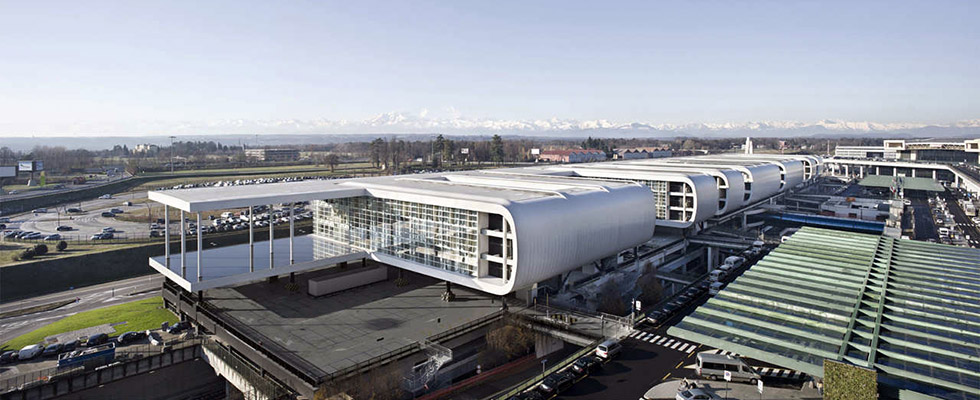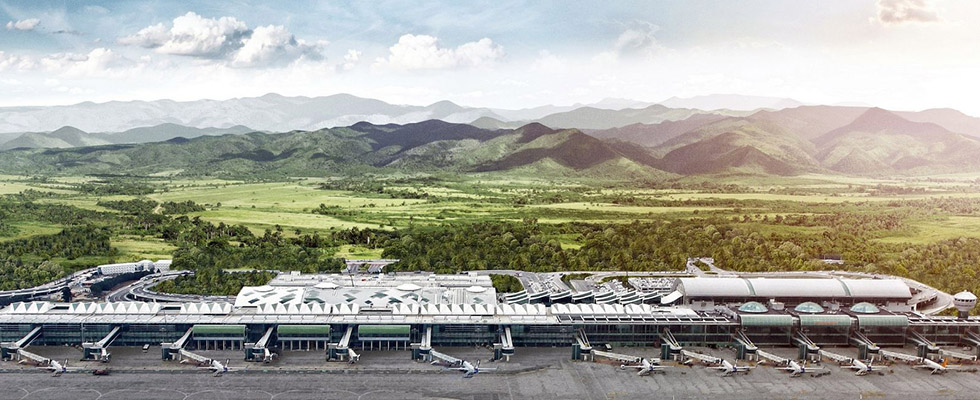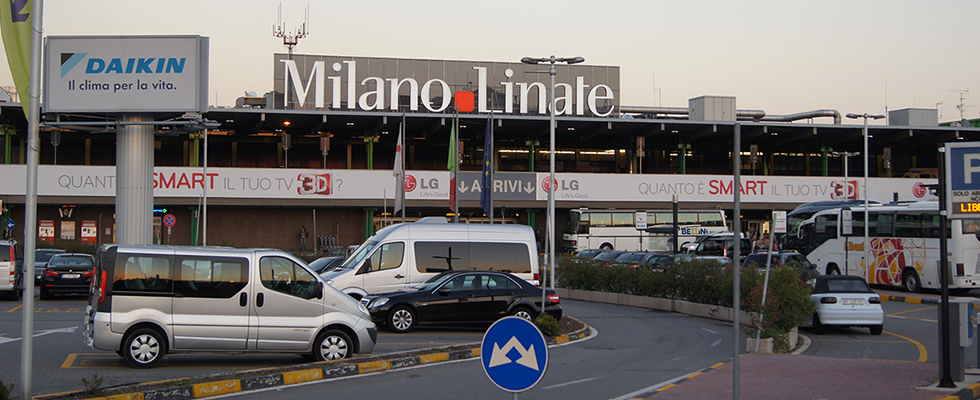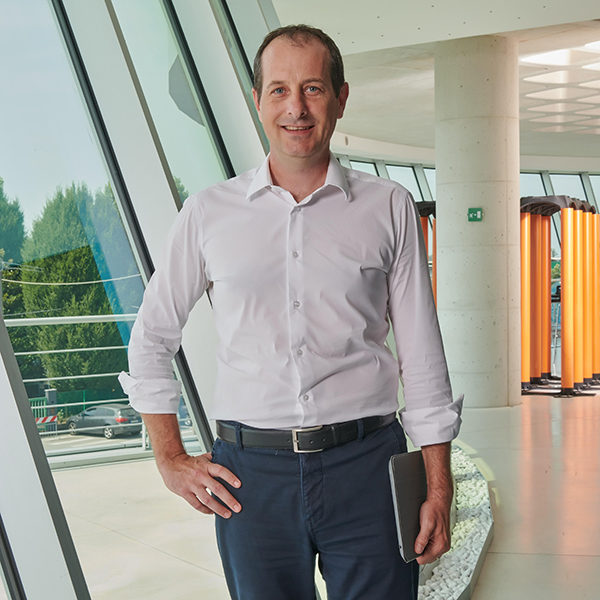We made five airports more sustainable
18 February 2019
Airports today aim to meet high standards in sustainability. Sustainability standards also affect the airport buildings in all phases: materials, construction process, and use. Cement production alone is responsible for 8% in global CO2 emissions.
Our products made of recycled plastic support more sustainable airport design in different ways. See our five airport projects:
1) San Francisco Airport Terminal 1
Project includes reconstruction of existing terminal building and construction of new boarding area, with surface of 46,500 m2. Geoplast recycled plastic formwork Geotub was used in construction of new boarding area allowing it to improve sustainability by:
– Reducing time due to easy and fast mounting and demounting,
– Reducing transport costs due to its stackability and small weight,
– Avoiding use of non-sustainable formworks such as wooden or metal,
– Reusability and recyclability of the formwork.
2) Sabiha Gokcen airport in Istanbul
The four-storey car park was built with Geotub that doesn’t require crane to be mounted. Geotub made these airports more sustainable due to:
– Reducing time due to easy and fast mounting and demounting,
– Avoiding use of any additional machinery,
– It is produced of recycled ABS technopolymer,
– Decrease of construction costs by saving time,
– Energy emitted during building process.
3) Malpensa airport in Milano
Project ‘La porta di Milano’ at the entrance of Malpensa airport was a creation of the 1,000 m2 green roof in which Drainroof was used to provide proper waterproofing and water drainage of the roof. Sustainability improvements obtained by use of Drainroof are:
– The energy saved due to elimination of roof overheating,
– Better water drainage provide due to high rainwater disposal capability,
– Better waterproofing,
– Time-saving for its modularity and easy mounting.
4) Adnan Menderes airport in Izmir
The futuristic project for new Adnan Menderes airport will cover 185,000 m2. It includes ventilated foundations of 9,600 m2 built with Modulo. Modulo created new level which is even with existing beams. Use of Modulo decreased the weight of the slab for 45%, because aerated concrete wasn’t used. It also decreases work time: mounting Modulo formwork on area of 1,600 m2 took just two days. The advantages of Modulo in terms of sustainability it provided are:
– Reduced energy and costs due to less amount of poured concrete,
– Reduced time due to fast mounting and demounting,
– Improved seismic resilience.
5) Linate airport in Milano
New car park by Linate airport is equipped with three rainwater basins under new parking lot. Drening and Drainpanel were used to create these underground accumulation chambers for rainwater management and flood prevention. Easily laid on the ground (Drening) or mounted one onto another (Drainpanel), the modules speed up the whole process. Sustainability is achieved through:
– Effective water management that prevents flooding,
– Time-saving because of stackability and ease of mounting,
– Cost-saving due to no machinery needed,
– Low in-situ invasiveness during mounting.





